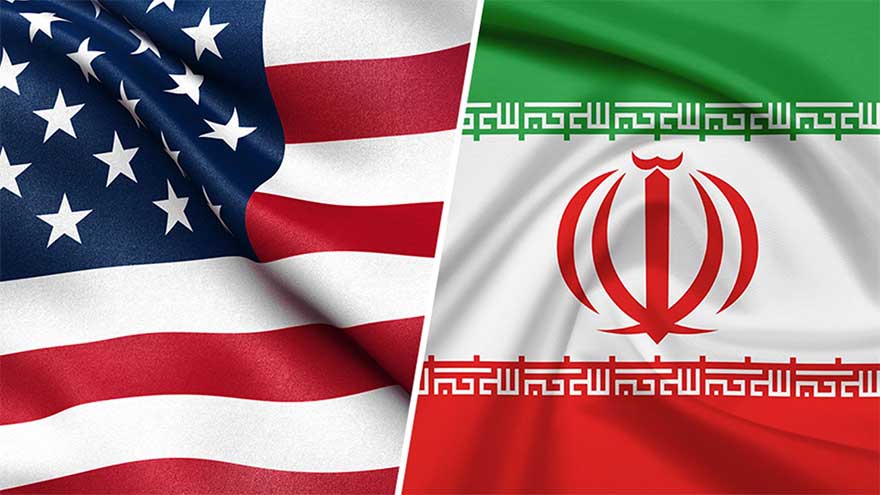The U.S. Treasury Department has launched its most comprehensive sanctions action against Iran since 2018, targeting a vast and clandestine maritime shipping network alleged to be funneling billions in oil revenue to Tehran. Over 115 individuals, companies, and vessels across more than 17 countries have been sanctioned under what is described as the administration’s renewed “maximum pressure” strategy.
Central Target: The Shamkhani Maritime Empire
At the core of the sanctions is Mohammad Hossein Shamkhani, son of a senior adviser to Iran’s Supreme Leader. Officials say his shipping web spans container ships, tankers, and front companies, operating across jurisdictions like Panama, Hong Kong, Italy, and the UAE. This network is accused of facilitating undisclosed sales of Iranian and Russian oil primarily to China using opaque ownership structures and aliases.
Why This Sanctions Package Is Significant
- Scope and scale: This marks the largest Iran-related maritime action by the U.S. since pre-JCPOA years, signaling a decisive escalation in enforcement policy.
- Financial chokehold: By targeting vessels, financiers, and brokers, the measures aim to block off key revenue routes used by Iran to fund its regional operations and nuclear ambitions.
- Global enforcement: Ships trading Iranian oil under false flags or fraudulent papers are now effectively barred from U.S. ports or financial systems, raising the cost and risk of illicit oil distribution.
- Not expected to destabilize global oil markets, but will restrict Iran’s capacity to monetize oil exports long-term.
Connection to Iran’s LICIT & Illicit Oil Fleet
Iran has relied heavily on a so-called “ghost fleet” of aging tankers operating without transparent flags or registration. These vessels often transfer cargo ship-to-ship, disable tracking systems, and mask origins to evade sanctions. The recent U.S. action seeks to dismantle this covert operation layer-by-layer by designating both ships and their associated ownership groups.
Broader Diplomatic Context
- The sanctions follow June airstrikes by the U.S. and Israel on Iranian nuclear facilities.
- They come amid stalled nuclear negotiations and growing Western tensions over Iran’s uranium enrichment.
- With threats of Strait of Hormuz closure still on the table, the U.S. is tightening economic pressure to limit Iran’s leverage and maritime influence.
Will This Move Change Iran’s Strategy?
The sanctions make Iran’s covert oil routes more costly to operate and expose beneficiaries to legal liabilities. Iran may respond by:
- Doubling down on illicit trade via more sophisticated networks
- Accelerating engagements with China and Russia for bypass channels
- Using reflagged vessels and offshore financial structures to skirt enforcement
Looking Ahead
- Further investigations are expected into connected individuals and financial intermediaries, including entities tied to Hezbollah and other state-linked groups.
- International shipping insurers and maritime registries may face scrutiny as policymakers push for greater transparency in vessel ownership and operations.
- Enforcement capabilities notably in enforcement-heavy areas like the UAE will be tested as the U.S. extends its global reach beyond direct sanctions.
Conclusion
This sweeping sanctions campaign signals a new phase of financial and maritime containment against Iran targeting not just energy exports but the networks that enable them. By striking at the heart of Iran’s “shadow fleet,” Washington aims to squeeze the regime’s revenue streams and send a clear message that evasion and obfuscation will no longer go undetected.



Comments (0)
No comments yet. Be the first to comment!
Leave a Comment